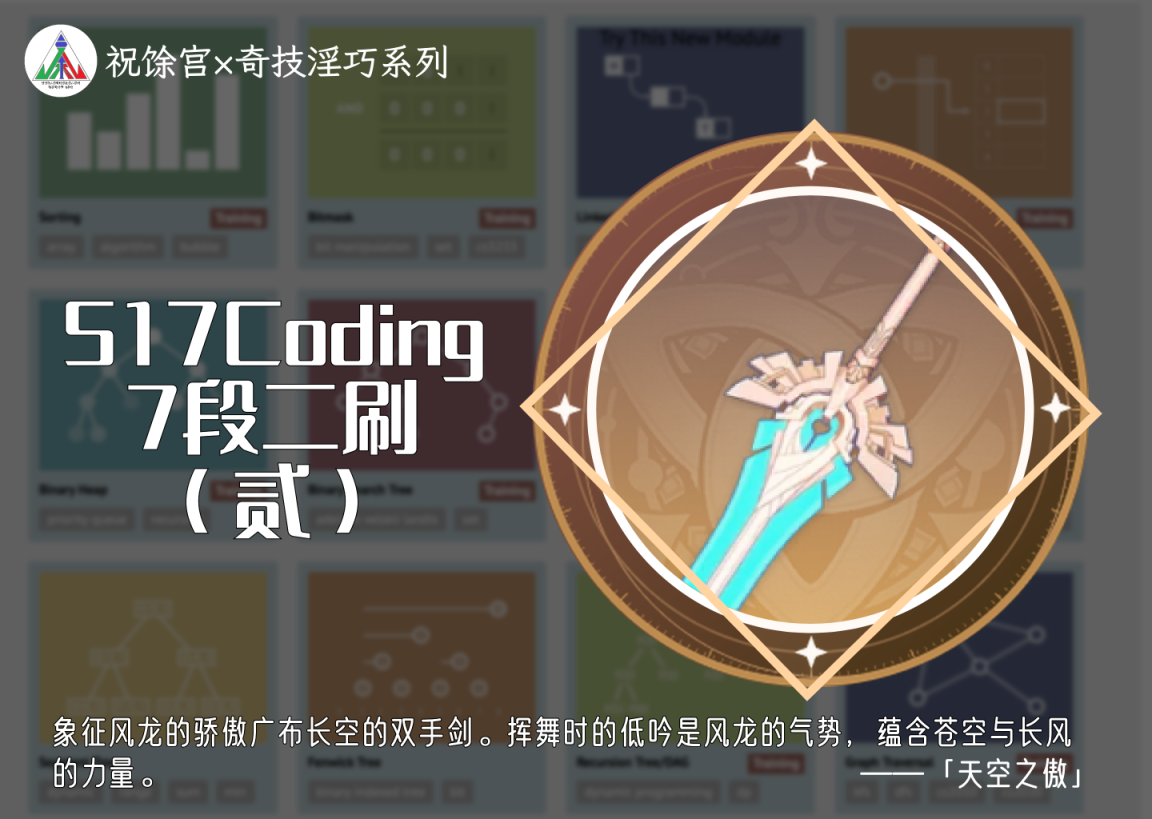1
2
3
4
5
6
7
8
9
10
11
12
13
14
15
16
17
18
19
20
21
22
23
24
25
26
27
28
29
30
31
32
33
34
35
36
37
38
39
40
41
42
43
44
45
46
47
48
49
50
51
52
53
54
55
56
57
58
59
60
61
62
63
64
65
66
67
68
69
70
71
72
73
74
75
76
77
78
79
80
81
82
83
84
85
86
87
88
89
90
91
92
93
94
95
96
97
98
99
100
101
102
103
104
105
106
107
108
109
110
111
112
113
114
115
116
117
118
119
120
121
122
| #pragma GCC optimize(2)
#pragma GCC optimize(3, "Ofast", "inline")
#include<bits/stdc++.h>
using namespace std;
typedef long long ll;
typedef __int128 int128;
namespace FastIO
{
char buf[1 << 20], *p1, *p2;
template<typename T> inline T read(T& x) {
x = 0;
int f = 1;
char ch;
while (!isdigit(ch = getchar())) if (ch == '-') f = -1;
while (isdigit(ch)) x = (x << 1) + (x << 3) + (ch ^ 48), ch = getchar();
x *= f;
return x;
}
template<typename T, typename... Args> inline void read(T& x, Args &...x_) {
read(x);
read(x_...);
return;
}
inline ll read() {
ll x;
read(x);
return x;
}
};
using namespace FastIO;
const int N = 1010;
const int M = 2010;
class Graph {
private :
struct Edge {
int to, nt, wt;
Edge() {}
Edge(int to, int nt, int wt) : to(to), nt(nt), wt(wt) {}
}e[M];
int hd[N], cnte;
public :
inline void AddEdge(int u, int v, int w = 0) {
e[++cnte] = Edge(v, hd[u], w);
hd[u] = cnte;
}
inline int head(int u) { return hd[u]; }
inline int nt(int u) { return e[u].nt; }
inline int to(int u) { return e[u].to; }
inline int wt(int u) { return e[u].wt; }
};
int n;
Graph e;
char s[1010];
inline int Getnumber(char* s, int &pos) {
int x = 0;
while(s[pos] && isdigit(s[pos])) x = x * 10 + s[pos++] - '0';
while(s[pos] && !isdigit(s[pos])) pos++;
return x;
}
inline void Input() {
read(n);
while(fgets(s + 1, 1000, stdin)) {
int pos = 1;
int u = Getnumber(s, pos);
while(s[pos]) {
int v = Getnumber(s, pos);
e.AddEdge(u, v);
e.AddEdge(v, u);
}
}
}
int low[N], dfn[N], cntd;
int ans;
inline void Tarjan(int u, int fa) {
low[u] = dfn[u] = ++cntd;
int flag = 0;
for(int i = e.head(u); i ; i = e.nt(i)) {
int v = e.to(i);
if(!dfn[v]) {
Tarjan(v, u);
low[u] = min(low[v], low[u]);
if(u != 1 && low[v] >= dfn[u]) {
flag = 1;
}
}
else if(v != fa){
low[u] = min(low[u], dfn[v]);
}
}
ans += flag;
}
inline void Work() {
Tarjan(1, 1);
printf("%d", ans);
}
int main() {
int T = 1;
while(T--) {
Input();
Work();
}
return 0;
}
|


